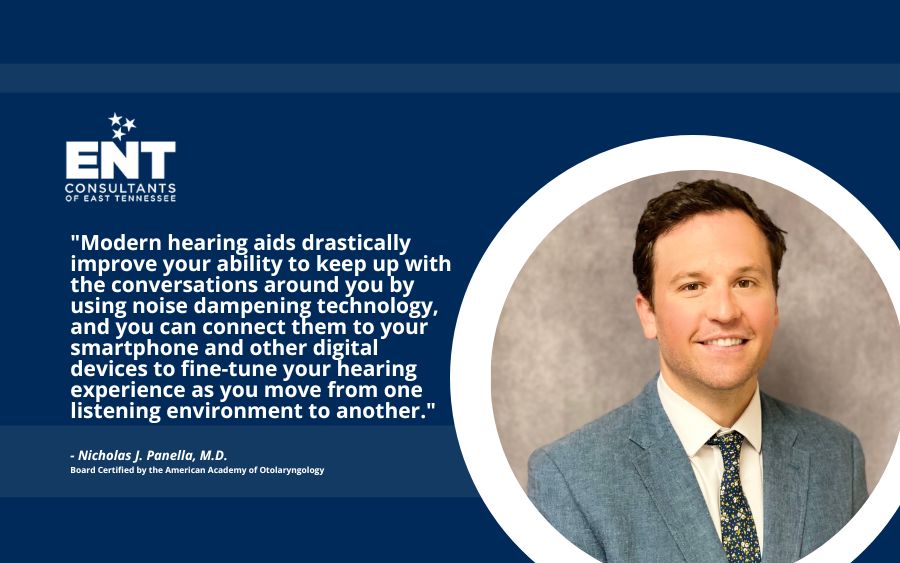Having toys is arguably the best part about being a kid – that and not having to pay taxes.
It can be hard to choose which toys will be best for your family with so many toys available. To help you narrow your search, we want to inform you how harmful certain toys can be.
We don’t want to sound like a Grinch, but unfortunately, toys are being made louder these days and we want you to be aware of it.
With hearing loss being so prevalent in the US, it’s important to be proactive and create good habits when it comes to your hearing environments.
Cell phones and headphones are an unavoidable part of all our lifestyles now. We must do what we can to offset these new habits so we can maintain healthy hearing for our entire lives.
Choosing a toy that will not harm a child’s hearing is easier than you think. You can even use some techniques to lessen the sound of older toys that your kids are not willing to part with.
We are going to shed some light on how toys affect a child’s ears and what you can do about it.
How Loud Is Too Loud?
Most toys will not publish how loud a toy is. They simply advertise that it makes noise and once a kid sees that, they’re sold.
Sounds can present themselves in many different ways. It could be a buzzing, beeping, ringing, or siren sound that takes a toy to the next level (and adds to its price tag).
As long as these sounds are measured below 85 decibels, it’s safe for adults. According to the World Health Organization, kids should not be exposed to anything over 75 decibels.
To put that in perspective, normal conversation happens at 60 dB, a lawnmower operates at 90 dB, and a concert is a minimum of 120 dB.
Just because a sound doesn’t physically hurt, it doesn’t mean it’s safe. Your hearing can be slowly damaged over time without you or your child noticing.
What Is The Best Way To Recognize Loud Sounds?
Knowing what is above 80 dB can be challenging for many of us. Many people have minimal experience when measuring how loud something is.
The first thing to note is how the toy will be used. Is it something that fits on the child’s head, or is it something that will be played with at arm’s length or across the room, perhaps?
This will affect the volume and thus how much damage it causes.
You can also download an app for your phone that measures sound. Simply hold it up to anything that makes noise, and it will tell you how loud it is. You can test a toy in the store or test your current favorite toys.
Alternatives To Noisy Toys
There are many options if you’re worried about getting a loud toy for your family or want to donate a quiet toy that won’t harm anyone.
Many toys out there are completely silent and yet will still elicit an enormous smile when they open them.
Building Blocks – This is a great toy to inspire a creative streak in a child. Get them thinking outside the box, literally. Keep the blocks on the carpet for a near-silent experience.
Exercise/Outdoor Activities – As long as your child is not playing in front of thousands of screaming fans, then any outdoor activity will be perfectly healthy. A basketball hoop, baseball mitt, or hockey stick can entertain kids for a long time and could lead to a lifelong love. It’s also a great way to make friends.
Books – While technically not toys, these are still being made and being enjoyed by many. Whether it’s a young adult novel or a playful coloring book, these can provide hours of fun and excitement with no sounds at all. They work for kids of all age groups.
Concerned About Your Child’s Hearing Health?
It’s essential to limit your child’s exposure to that toy or find a replacement. If the toy is very important, you can try putting tape over the speakers. This will muffle the sound and lessen its effects on the ears.
If you have any more questions or concerns, you can call us anytime. We are always standing by to assist everyone in East Tennessee. It’s our mission to ensure the healthy hearing of all our residents, both big and small, young and old.





